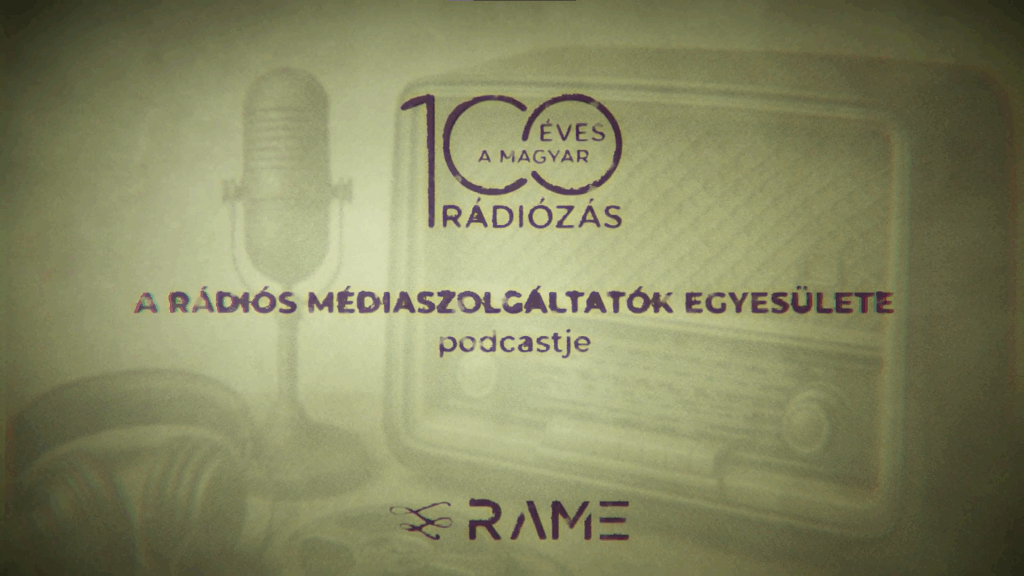Researchers at the Budapest University of Technology and Economics (BME) have created a new type of terahertz (THz) light source using diamond. The results of this research open up new possibilities in fields such as medical diagnostics and security screening, the university announced on Thursday.
The terahertz range of the electromagnetic spectrum—wavelengths longer than infrared light but shorter than microwave radiation—is critically important for the development of several technological fields, as it has the unique ability to examine and manipulate materials at the molecular and atomic levels, according to the statement. As stated, this type of radiation can penetrate materials like plastics, textiles, and even biological tissues without causing damage, making it an indispensable tool in imaging, spectroscopy, national security, and material testing. Additionally, it plays a crucial role in the development of high-speed wireless communication systems and quantum computers.
However, generating and controlling THz radiation presents technical challenges due to the so-called ‘THz gap’.
This term refers to the range between microwave and infrared electromagnetic spectra, where traditional techniques become increasingly less effective. The statement notes that filling the THz gap requires complex and often expensive equipment, such as high-powered lasers and specialized nonlinear materials. As a result, THz light sources are rare and difficult to develop, making efficient and accessible THz technology a critical research area. This is especially true for coherent THz sources, which behave similarly to lasers, emitting nearly monochromatic photons with similar properties. Due to their similarities with lasers, these sources are called TASERs.
To address this problem, researchers from BME, the HUN-REN Wigner Research Centre for Physics, the University of Notre Dame in the United States, and the Swiss École Polytechnique Fédérale de Lausanne explored new materials.
In their study, they demonstrated that nitrogen-doped diamond, under the influence of a strong magnetic field and external optical irradiation,
can create an energy structure showing population inversion similar to lasers, providing evidence of coherent terahertz radiation emission.
The statement highlights that diamond is a stable material resistant to environmental effects and has become widely used over the past decade as an element for storing and transmitting quantum information. The authors hope that the realized system can be used not only to create new terahertz light sources but also as a building block for future quantum optical networks.
According to Professor Ferenc Simon, who led the research, the diamond used is synthetic and industrially applicable, meaning that this component will not significantly increase the cost of practical applications. The statement also quotes the professor from BME’s Department of Physics in the Faculty of Natural Sciences as explaining that while further experiments are necessary following their basic research, it is certain that generating and manipulating terahertz waves will open up new possibilities in medical diagnostics and security screening.
The article, published in the journal Science Advances, is the result of international collaboration, but all the authors are Hungarian (Sándor Kollarics, Bence Gábor Márkus, Robin Kucsera, Gergő Thiering, Ádám Gali, Gergely Németh, Katalin Kamarás, László Forró, Ferenc Simon). The first author, Sándor Kollarics, recently obtained his PhD from the Doctoral School of Physical Sciences at BME.
Related articles:








